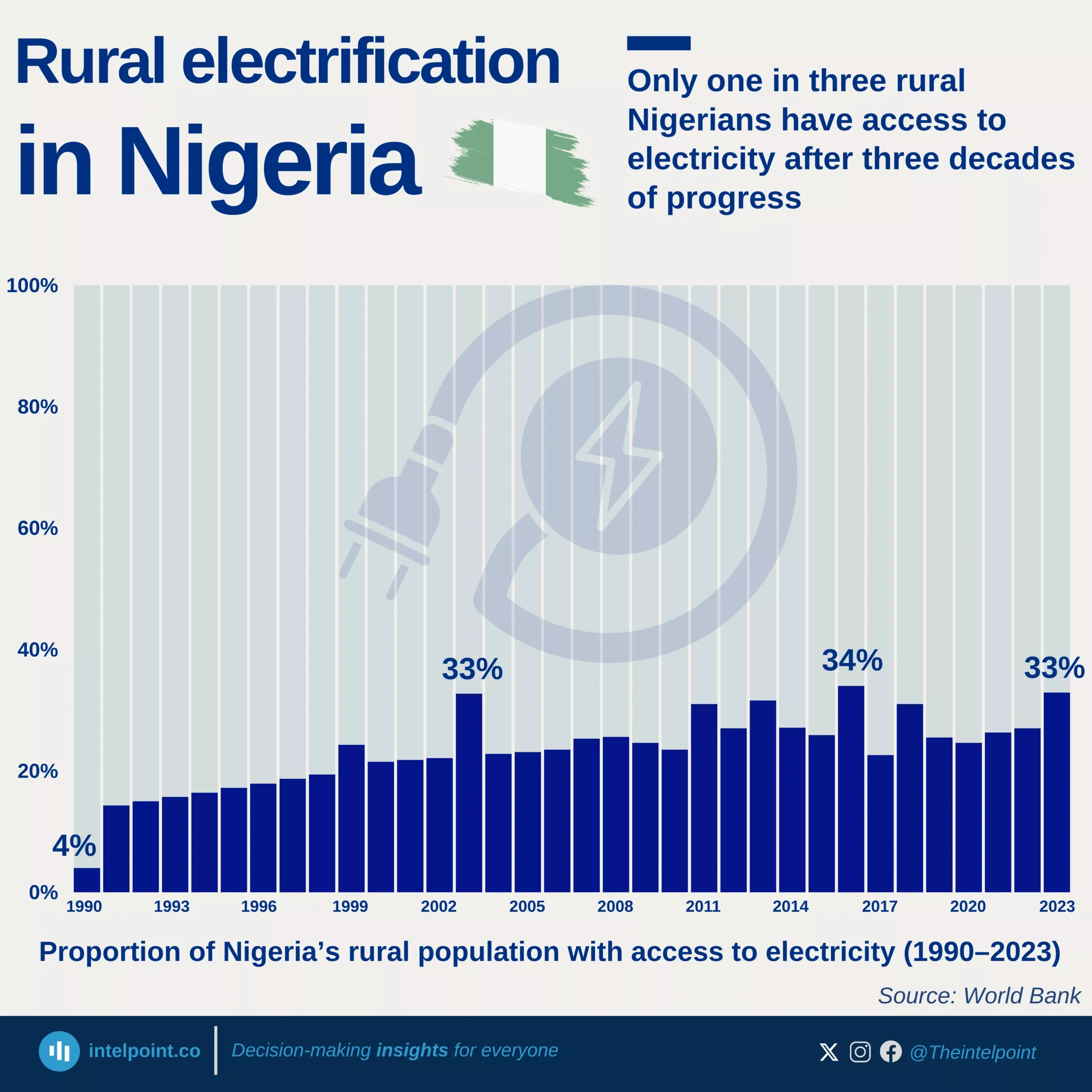The history of electricity in Africa is a long one, with pioneers like South Africa leading the way. Driven by the mining industry, the town of Kimberley was one of the first cities in the Southern Hemisphere to get electric streetlights in 1882. Other nations also saw early, localised power, with Lagos, Nigeria, providing electricity to the Government House in 1896 and the palace of Emperor Yohannes IV in Ethiopia being lit by a diesel generator in the 1880s.
Looking at today's data, a striking detail is the "100% Club" where six countries—Algeria, Egypt, Mauritius, Morocco, Seychelles, and Tunisia—have completely electrified their populations. A clear pattern shows North African nations (four of the six) and island countries dominating the list of most-electrified nations.
This achievement highlights a successful focus on infrastructure and stability in these regions. The data shows that with the right investment and policies, universal access is a very realistic goal for a country to achieve. However, a significant gap exists between the countries with full power and those still working to get there.





